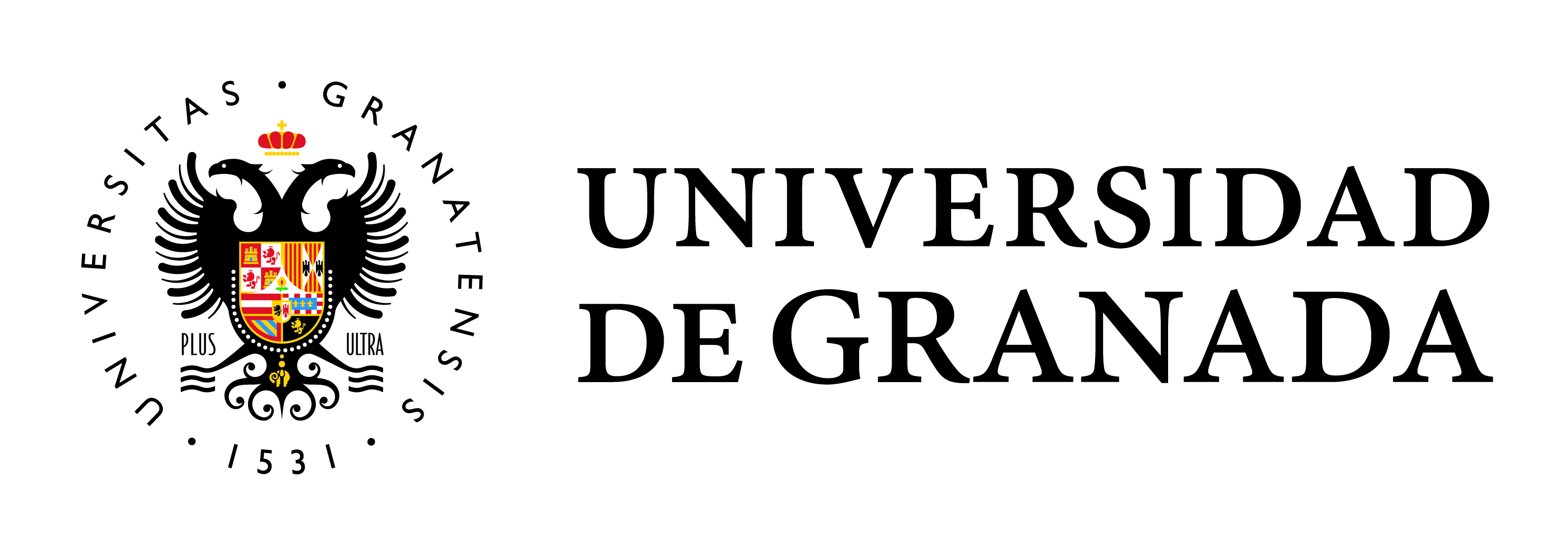Influence of urban-building morphological indicators towards a compact and sustainable city: Metropolitan Area of Mendoza
Main Article Content
Abstract
Urban population growth in Latin America is accompanied by a dispersed expansive process of cities and increased energy consumption. Urban-building regulations have the potential to mitigate these problems. Through a survey and diagnosis of regulations, the urban-building regulatory frameworks of the six municipalities of the Mendoza Metropolitan Area (AMM) were studied, making it possible to map land use zoning and statistically analyze common municipal indicators with a decision tree to identify their influence from an energy perspective. The work made it possible to recognize heterogeneity of indicators, various parcel ranges by municipality with low land occupation of medium and low building height, to the detriment of the objective of the Provincial Land Management Plan (PPOT) of a compact and sustainable city. Finally, the investigation identified: administrative fragmentation, regulatory disarticulation and incipient access to information; expressing the future need to agree between municipalities on an adjustment of indicators towards the achievement of the aforementioned objective.


